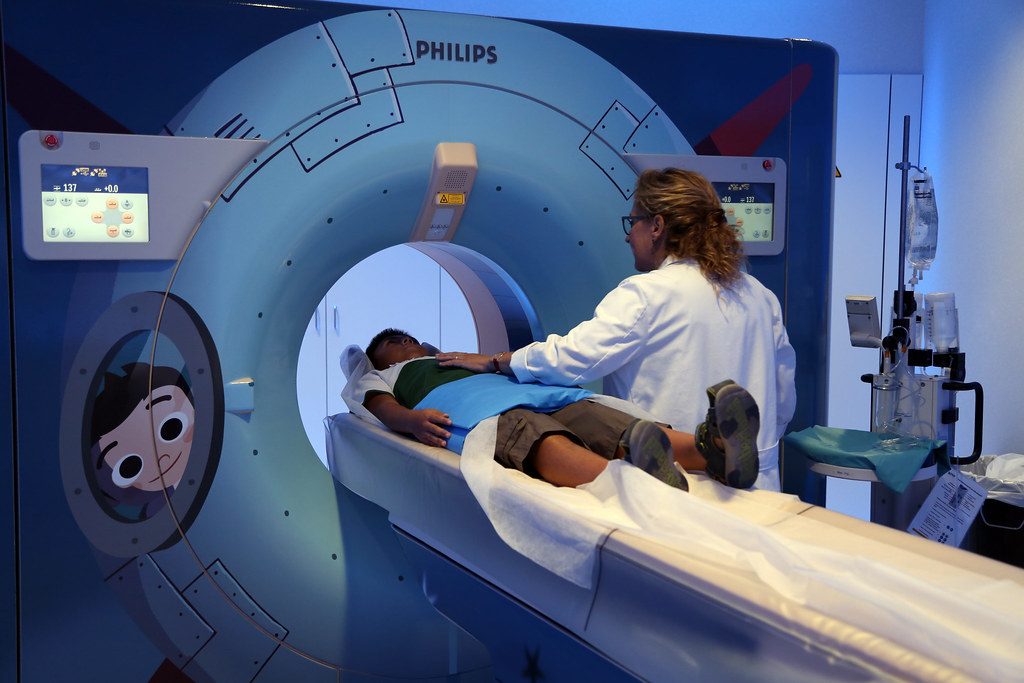The result was reached by two italian engineer, who developed a new method to reduce half the radiation in the technique of radiodiagnostics investigation
The tomography Axial computer, or TAC, is a diagnostic technique through images, with which it is possible to reproduce images in section, or three-dimensional, of the human body, images created by a computer, which determines how much a bundle of Spokes X is attenuated during the passage in a section of the body. A technique that has as a contraindication exposure to a dose of radiation. But the solution comes from two clinical engineers from Campani, Michela d’antò, from the Fondazione “Giovanni Pascale”, and Federica caracò, from the Federico II University of Studies. Their project “Evaluation of a protocol for the verification of the functionalities of a dose reduction system installed on computerized axial tomographs”, was the 162 winner of the first absolute prize of theHealth Technology Challenge (HTC), delivered during the NINETEENTH Congress of the National Association of Clinical Engineers (AIIC) that took place in Catanzaro. With this new protocol it is possible to reduce radiationexposure from 40 to 60, while at the same time guaranteeing good image quality. The result was obtained thanks to an algorithm that drastically reduces the doses of radiation used to perform the normal TAC exams. According to estimates made, it seems that in Italy, on more than 40 million of radiological examinations carried out, more than 40 is prescribed in an inappropriate or unnecessary way, and the oncological patients are, in the phases of the diagnoses and the subsequent controls, those most exposed to Radiation. In short, to carry out such examinations with less invasive protocols for the patients, could represent the breakthrough, while assuring, at the same time, however accurate performances from the diagnostic point of view. Results that, the winners affirm, confirm the importance of updating the current technologies to improve the performance of radiological instruments, in order to assure the patient better performance in diagnosis and treatment.
